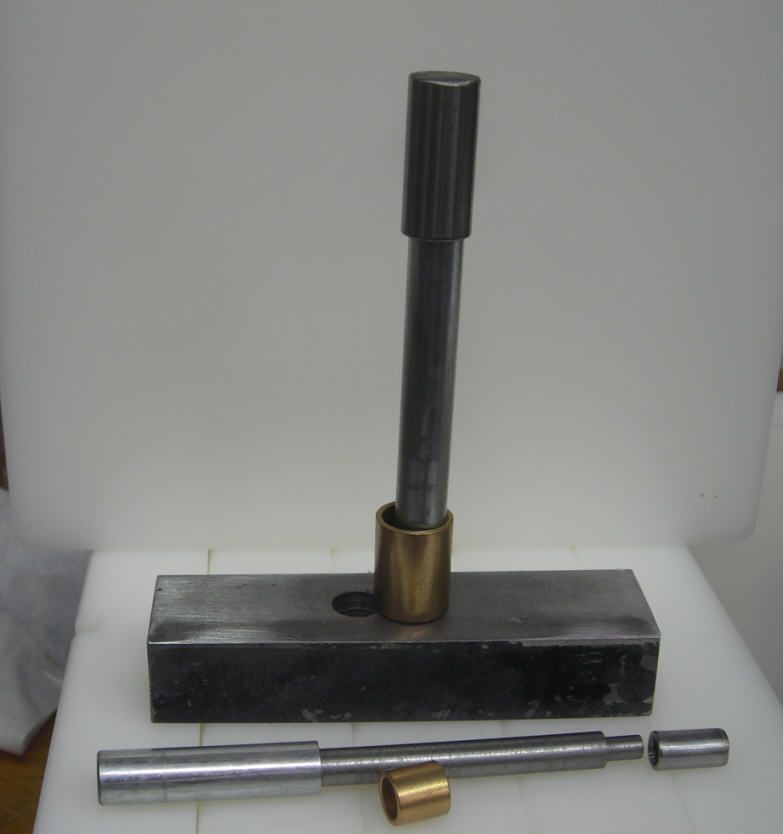wfrancis
Aluminum
- Joined
- Apr 18, 2012
- Location
- San Francisco, USA
I drilled some 3/8" mild steel with a .5" drill bit in a (I now think) worn drill chuck and it drilled the holes closer to .508". I bought and planned to press in some .503" bearing bronze bushings. I tried the usual tricks with the bushings to make them slightly bigger - straight knurl on the lathe and a few punches with my center punch. Alas, it seems the bronze is soft enough (also impregnated with oil) that this actually doesn't seem to make them any larger.
I'm considering buying some 5/8" bearing bronze and just machining my own to size but given that I already bought a few dozen bushings ready to go I'm hoping there is a trick I haven't thought of.
next time drill bit straight in the collet ...
ideas?
Thanks!
Will
I'm considering buying some 5/8" bearing bronze and just machining my own to size but given that I already bought a few dozen bushings ready to go I'm hoping there is a trick I haven't thought of.
next time drill bit straight in the collet ...
ideas?
Thanks!
Will


